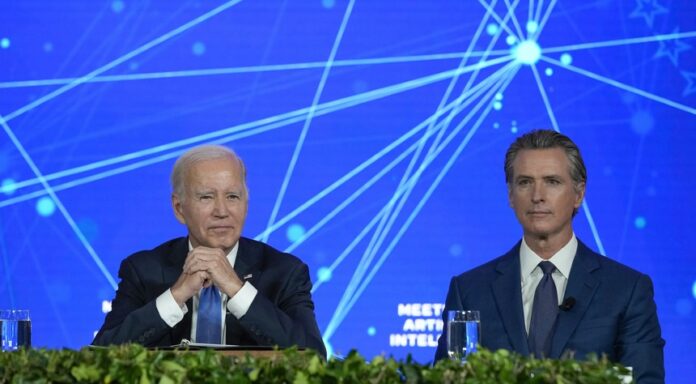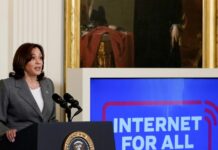While Gavin Newsom intends to debate Ron DeSantis about the supposed supremacy of California, the Golden State continues to offer embarrassing examples of the opposite.
As the Florida governor indicated after accepting the challenge, while he’s going to show up, people have already decided the argument with their feet. More and more people are leaving California, and it’s because of ridiculous, self-defeating policies like the one I’m about to share with you.
The setup for this is California’s failing electric grid, which has been so underpowered that citizens have had to deal with brown-outs and losses in electricity in ways that you typically only see in third-world countries. According to a new report provided by HotAir’s Ed Morrisey, the state’s largest electric company, PG&E, has a plan, though.
A fair warning that none of this is a parody, though it reads that way.
California’s largest electric utility PG&E wants to suck the batteries of electric-vehicle owners plugged into charging stations to stabilize the grid during unstable periods. The Ford F-150 already allows for bidirectional charging, but that was sold as a benefit to the owner as a kind of independent generator for households during blackouts. PG&E wants to use it to commandeer all EV batteries and use their power to prevent grid collapse:
It’s been said before, California’s power grid will have to expand in order to meet the demand for more energy. PG&E’s CEO Patricia Poppe has come up with an “unconventional” idea, using electric cars to send excess power back to the grid to prevent blackouts. …
Lawmakers in Sacramento are helping to move things along. For example, Senate Bill 233 would make bi-directional charging mandatory for all new electric vehicles.
Now the question is how quickly can that electrical connection be up and running in any ordinary home to make vehicle-to-grid a reality.
To be clear, this is not just an idea being pushed by the electric company, which is ostensibly private (though, is heavily regulated). California’s state government is also pushing this, with the legislature moving to pass Senate Bill 233, which would require all bi-directional charging “for all new electric vehicles.”
The idea behind this is that electric cars are sitting idle “95 percent” of the time. Thus, PG&E wants to transfer power from those cars’ batteries during peak times to stabilize the grid. The problems with that are numerous.
For one, how does that actually solve California’s problem of having a lack of energy? It’s the very definition of robbing Peter to pay Paul because, in the end, the same amount of power will still be used depending on how much one ultimately drives their electric vehicle. It’s also worth considering that none of this would be necessary if California wasn’t pushing everyone into electric vehicles.
It’s the most Democrat thing ever to create a problem out of thin air only to then double down on tyrannical mandates to try to mitigate the newly created problem with a “solution” that ultimately perpetuates the issue. Besides, what happens when people just start unplugging their cars after charging because they routinely find them drained of power when they need them the most?
Then there are the cost aspects to consider. While PG&E would presumably refund the cost of any power it sucks back out of electric vehicles, essentially making them an extension of the grid, batteries are only good for so many cycles. In other words, California’s new scheme would end up costing electric vehicle owners thousands of dollars in replacement costs by eating into the lifespan of their batteries. Does that sound like a good deal to anyone?
This is the problem with trying to shovel green energy initiatives on Americans before the infrastructure even exists to support it. The government and its corporate allies just continue to take more and more bites at the apple instead of reevaluating whether something is even sustainable. Sucking electric vehicles dry to stabilize the grid is a “solution” that will quickly eat itself. Unfortunately, learning the hard way has become a California tradition.




